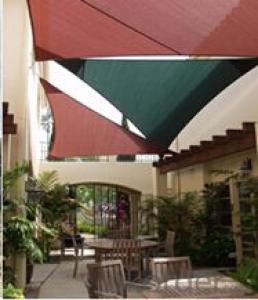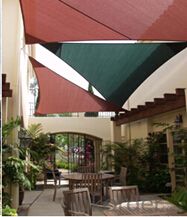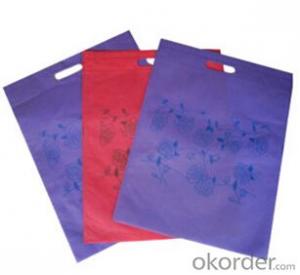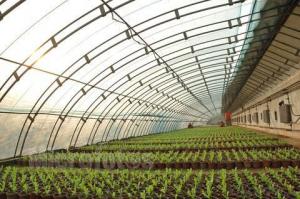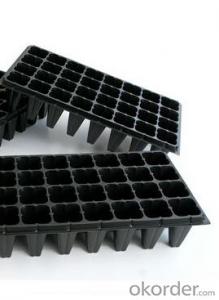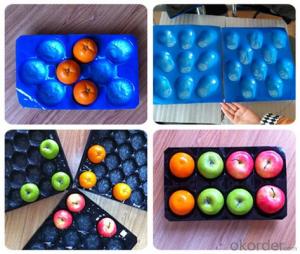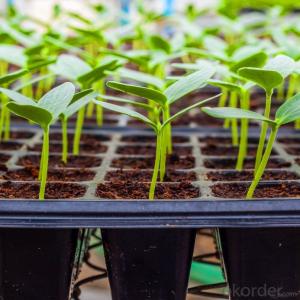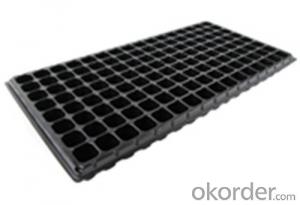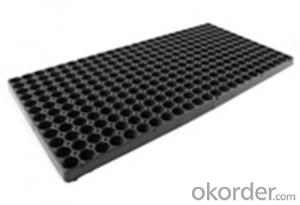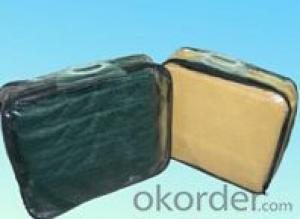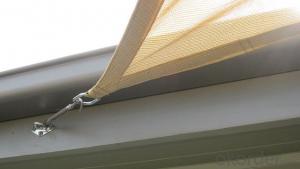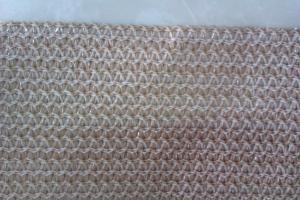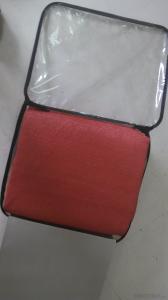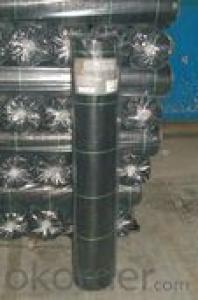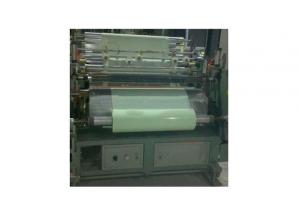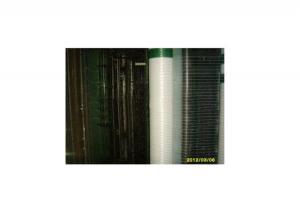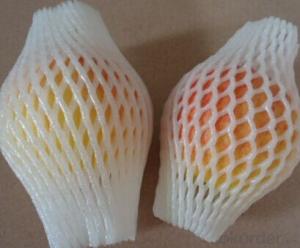Shade Sail water-proof cloth sail 200g square
- Loading Port:
- Ningbo
- Payment Terms:
- TT OR LC
- Min Order Qty:
- -
- Supply Capability:
- 50000pcs pc/month
OKorder Service Pledge
OKorder Financial Service
You Might Also Like
Product Description of shade sail shade cloth:
Shade Sails protect and shade you from the severe effects of the sun's heay & UV rays. Some areas of the world call them Sun Sails.
They make a beautiful additions to your patio, backyard, or other outdoor areas.
Flying Sails is the perfect alternative to a traditional pergola, umbrella or covered porch. Floating and curvaceous, the make an attractive addition to any property, and with the right design,
they can enhance the appeal of the entertaining outdoor areas..
The perimeter of each sail is designed with a gentle cantenary curve inwards towards the center of the sail to control the fabric tension. Shade sails have reinforced webbing around the perimeter and marine stainless steel D or "Delta" rings at each corner. When properly tensioned, shade sail fabric will not wrinkle, sag, or flap in the wind.
Shade Sail water-proof cloth sail 160GSM
Net weight: 160g/m2--320g/m2
Size: 3x3m, 3.6x3.6m 3x3m, 3x3x3m,5x5m,5x5x5m and so on UV block: 85-95%
Material: 100% virgin HDPE
Using life: 5 ~10 years Gurantee
Export market: Europe ,America,Japan, the Middle East ,Africa
Shape: Square, Triangle , Rectangle
Packaging & DeliveryPackaging Detail: Each piece of sail will be put into a pvc hadle bag with a color label inside, seveal pcs packaging into a paper carton with shipping mark.
- Q: This question asks for a list of the most effective plastic products used in agriculture tailored for various types of crops.
- <p>The best agricultural plastic products for different crops include mulch films for weed control and moisture retention, drip irrigation systems for water efficiency, greenhouses for controlled growing environments, and row covers to protect crops from pests and harsh weather. For specific crops, like strawberries, plasticulture systems with raised beds and drip tape can be beneficial. For vine crops, trellises and support structures made from plastic are advantageous. For greenhouse crops, plasticulture techniques often involve the use of plastic pots and hydroponic systems. It's crucial to select the right plastic product based on the crop's specific needs and the local environmental conditions.</p>
- Q: What are some ground cover options for urban gardens?
- Some ground cover options for urban gardens include creeping thyme, moss, clover, sedum, and vinca minor. These plants are low-growing and provide a beautiful and practical solution for covering bare ground, preventing soil erosion, and suppressing weeds in urban garden spaces.
- Q: This question asks about the methods farmers employ to enhance soil quality using agricultural plastic film.
- <p>Farmers use agricultural plastic film to improve soil quality in several ways. Firstly, it helps retain soil moisture by reducing evaporation, which is crucial in arid regions. Secondly, the film can increase soil temperature, which is beneficial for seed germination and plant growth, especially in cooler climates. It also helps control weeds by blocking sunlight, reducing competition for nutrients and water. Additionally, plastic film can improve soil structure by allowing for better aeration and drainage, which is important for root health. Lastly, it can reduce soil erosion by providing a protective layer against wind and water. These benefits collectively contribute to enhanced soil fertility and crop yield.</p>
- Q: This question asks if there are specific health and safety regulations for dealing with agricultural plastic products.
- <p>Yes, there are health and safety regulations for handling agricultural plastic products. These often include guidelines for proper storage to prevent contamination, disposal methods to reduce environmental impact, and protective measures for workers to minimize exposure to harmful chemicals. Regulations can vary by country and region, but they generally aim to protect both human health and the environment. Compliance with these regulations is crucial to avoid fines and ensure the safety of agricultural workers and the public.</p>
- Q: Are agricultural plastic products resistant to heat stress?
- Yes, agricultural plastic products are designed to be resistant to heat stress. They are made with materials that can withstand high temperatures without deforming or losing their structural integrity. This heat resistance allows them to be used in various agricultural applications, such as greenhouse coverings or mulch films, where they are exposed to intense heat and sunlight.
- Q: What materials are nursery trays made of?
- Nursery trays are typically made from durable materials such as plastic or recycled polypropylene.
- Q: What are some ground cover options for regions with dry, arid soil?
- Some ground cover options for regions with dry, arid soil include succulents such as sedum and ice plants, drought-tolerant grasses like buffalo grass and blue grama, as well as low-growing shrubs like creeping juniper and dwarf coyote brush.
- Q: Can ground cover attract beneficial insects?
- Yes, ground cover can attract beneficial insects. Ground cover plants, such as clover, yarrow, or thyme, provide shelter, food, and nectar for beneficial insects like bees, ladybugs, and lacewings. These insects play a crucial role in pollination and pest control in gardens and can help maintain a healthy ecosystem.
- Q: What are the best ground cover plants for rock gardens?
- Some of the best ground cover plants for rock gardens include creeping thyme, creeping phlox, moss phlox, sedum, and creeping jenny. These plants are low-growing, tolerate rocky conditions, and provide beautiful colorful blooms or foliage, making them excellent choices for rock gardens.
- Q: Can nursery trays be used for both indoor and outdoor plants?
- Yes, nursery trays can be used for both indoor and outdoor plants. They provide a convenient and efficient way to start and nurture seedlings or young plants, whether they are intended for indoor or outdoor cultivation. The trays help in organizing and protecting the plants, allowing for easy transportation and maintenance.
Send your message to us
Shade Sail water-proof cloth sail 200g square
- Loading Port:
- Ningbo
- Payment Terms:
- TT OR LC
- Min Order Qty:
- -
- Supply Capability:
- 50000pcs pc/month
OKorder Service Pledge
OKorder Financial Service
Similar products
Hot products
Hot Searches
Related keywords
